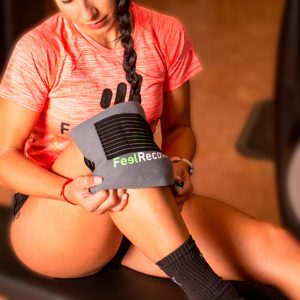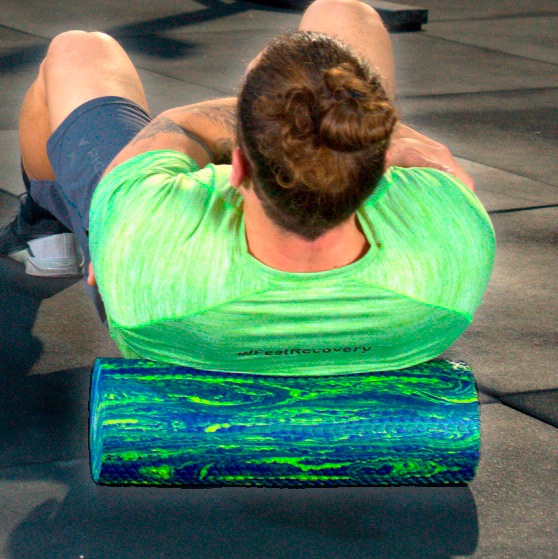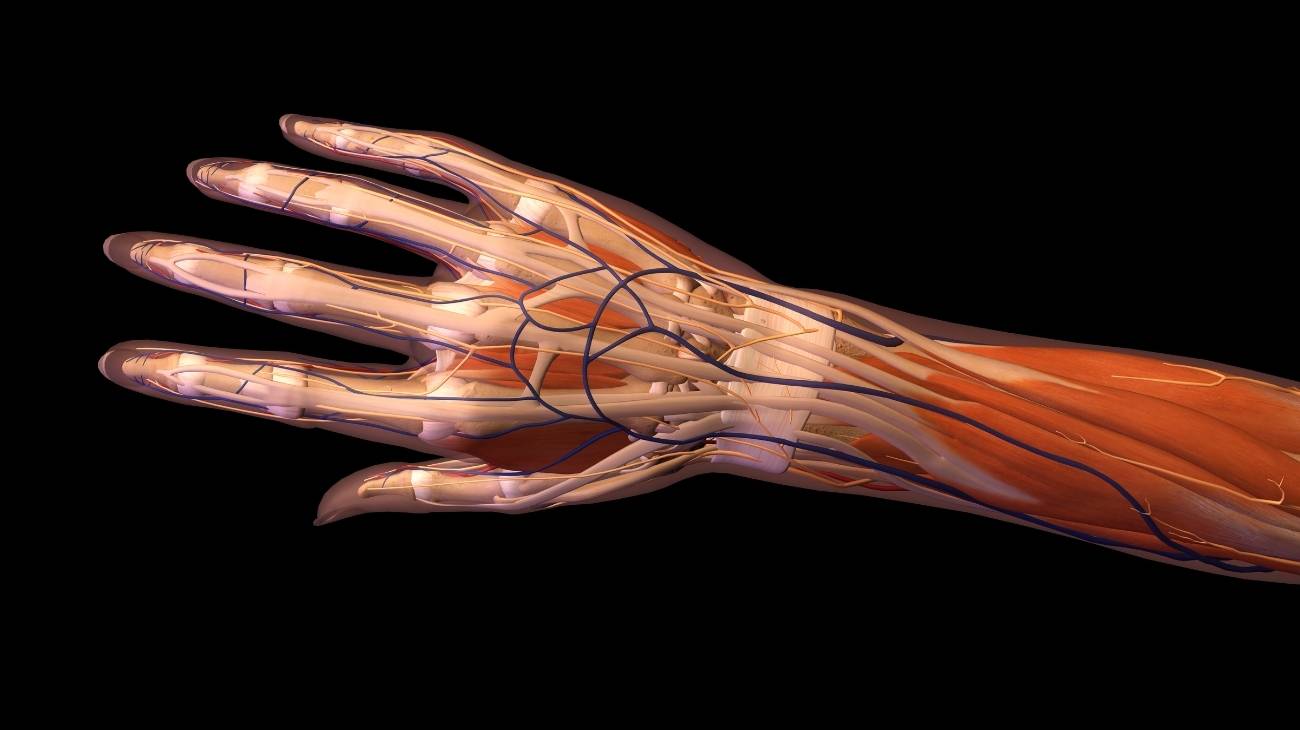Elbow Anatomy
The parts that make up the anatomy of the elbow are important for linking the shoulder, arm and wrist joints. This helps the human being to perform different biomechanical movements thanks to the action of the muscles, ligaments, bones and joints of the elbow.
Featured Categories




















